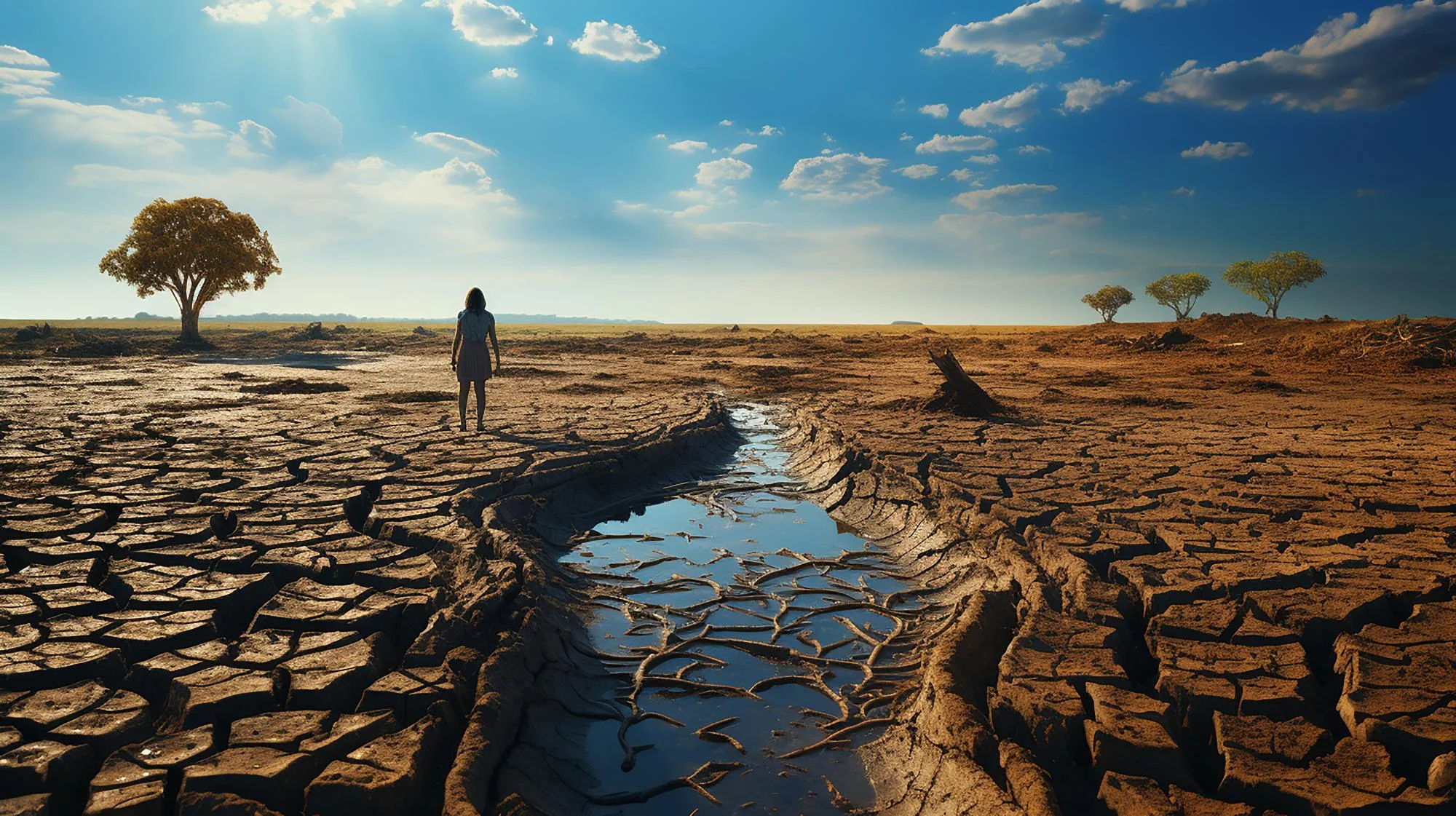In the wake of the ever-escalating challenges posed by climate change, particularly in the African continent, a study published on April 8, 2022, in the Journal of Disaster Risk Studies Jamba, offers a detailed look into the adaptation measures employed by peasant farmers in Mashonaland West Province, Zimbabwe, as they grapple with the fluctuating patterns of rainfall which are directly affecting their agricultural production. The study, entitled “Adapting to climate change: Reflections of peasant farmers in Mashonaland West Province of Zimbabwe” and spearheaded by Tinashe M. Mashizha, highlights the fortitude of Zimbabwe’s peasant farmers and the need to synergize indigenous knowledge systems with modern scientific strategies in crafting future-proof adaptation methodologies.
Amid the verdant rolling fields of Mashonaland West Province, Zimbabwe, a battle for subsistence and sustainability is being carried out by peasant farmers who are deeply entrenched in their dependence on rain-fed agriculture. Their adversary is not a pest or a blight, but the all-encompassing specter of climate change that is manifesting in irregular rainfall patterns, prolonged droughts, and the subsequent looming threats to food security. A study meticulously chronicled in the Journal of Disaster Risk Studies Jamba gestures towards a profound need to integrate traditional knowledge with contemporary adaptation mechanisms to support these farmers’ endeavors.
The paper, authored by Tinashe M. Mashizha from the Community Capacity Building Initiative Centre for Africa, Kadoma, Zimbabwe, calls specific attention to the realities of the peasant farmers in Zvimba District, who have perceived significant reductions in rainfall over the past 30 years. These climatic variations have undeniably resulted in decreased agricultural productivity, propelling communities to devise their own strategies to weather these metaphorical and literal storms.
Using semi-structured interviews, observations, and document analysis, Mashizha engaged with 40 purposefully sampled peasant farmers through qualitative methods, revealing the adaptations that are already in place. The data, analyzed using context analysis, collected via interviews and focus group discussions, was a testament to the resilience and resourcefulness of the communities. For instance, there is an increased reliance on social capital, a pivot towards crop and livelihood diversification, the establishment of small businesses, and the adoption of water harvesting techniques, especially for the sustenance of livestock.
At the core of the study’s revelations is the assertion that indigenous knowledge systems, which have been honed over generations and intricately woven into the community’s fabric, hold the potential to significantly bolster crafting adaptation measures to climate change. It is this traditional acumen that needs to be recognized and inventoried for systematic application and sharing, alongside scientific advancement.
As the study rightly emphasizes, the diversification of adaptive strategies is vital for sustainable livelihood in a changing climate. Among the strategies highlighted are the timely shifts from monoculture to more drought-resistant crops, the incorporation of small livestock breeding which requires less water, and the community-based resource management practices that provide both a buffer against the uncertainties of climate change and a sustainable pathway to food security.
The discourse on adaptation, as brought to the fore by this study, raises pertinent questions regarding the optimal manner to support these adaptive efforts. International policy options laid forth in works such as Burton, Diringer, and Smith’s (2006) exploration of adaptation to climate change are invaluable if transformative policy changes are to be made. Insight from Brazier’s (2015) “Climate change in Zimbabwe” is also pertinent as it provides strategic information geared towards planners and decision-makers in the region.
Chagutah’s (2010) country report on Zimbabwe underscores the urgent need for localized studies that focus on specialized climate impacts and cultural contingencies. These sources, coupled with Chanza’s (2015) research on indigenous knowledge in Zimbabwe and Elmum, Modise, and Marr’s (2017) study of farmer perceptions in South Africa, offer a comprehensive backdrop to the discussion of climate resilience in the sub-Saharan context.
The agrarian livelihoods outlined in Mashizha’s study are emblematic of millions of smallholder farms across sub-Saharan Africa. Adopting and scaling such adaptive measures is argued by Masipa (2017) as critical for combating food insecurity. While the study by Mavhura (2017) emphasizes the importance of traditional institutions in resilience building, Mugambiwa (2018) discusses the sustenance of indigenous practices amid climate change.
Keywords
1. Climate change adaptation Zimbabwe
2. Sustainable farming Zimbabwe
3. Indigenous knowledge systems agriculture
4. Agricultural productivity climate change
5. Water harvesting techniques rural areas
References
1. Burton I., Diringer D. & Smith J. (2006). Adaptation to climate change: International policy options. Pew Center on Global Climate Change, Arlington.
2. Brazier A. (2015). Climate change in Zimbabwe: Facts for planners and decision makers. Konrad-Adenauer-Stiftung, Harare.
3. Chagutah T. (2010). Climate change vulnerability and preparedness in Southern Africa: Zimbabwe country report. Heinrich BoellStiftung, Cape Town.
4. Elmum Z.A., Modise D.M. & Marr A. (2017). ‘Farmers perception of climate change and responsive strategies in three selected provinces of South Africa’. Climate Risk Management, 16, 246–257. DOI: 10.1016/j.crm.2016.11.001
5. Masipa T.S. (2017). ‘The impact of climate change on food security in South Africa: Current realities and challenges ahead’. Jàmbá: Journal of Disaster Risk Studies 9(1), a411. DOI: 10.4102/jamba.v9i1.411
The future of Zimbabwe’s agricultural landscape and that of similar regions across sub-Saharan Africa, as inferred through Mashizha’s study, hinges on the acknowledgment and integration of indigenous knowledge with contemporary science. It’s a collaborative path that synergizes past wisdom with modern innovation to ensure the longevity and sustainability of rural and agricultural livelihoods in the face of climate adversity.
